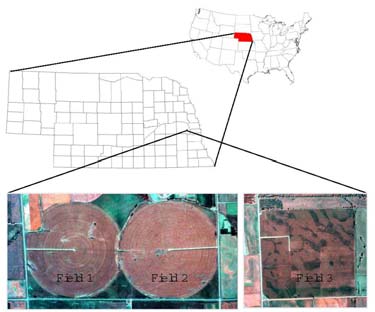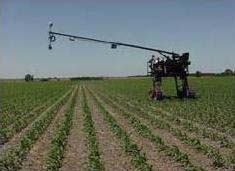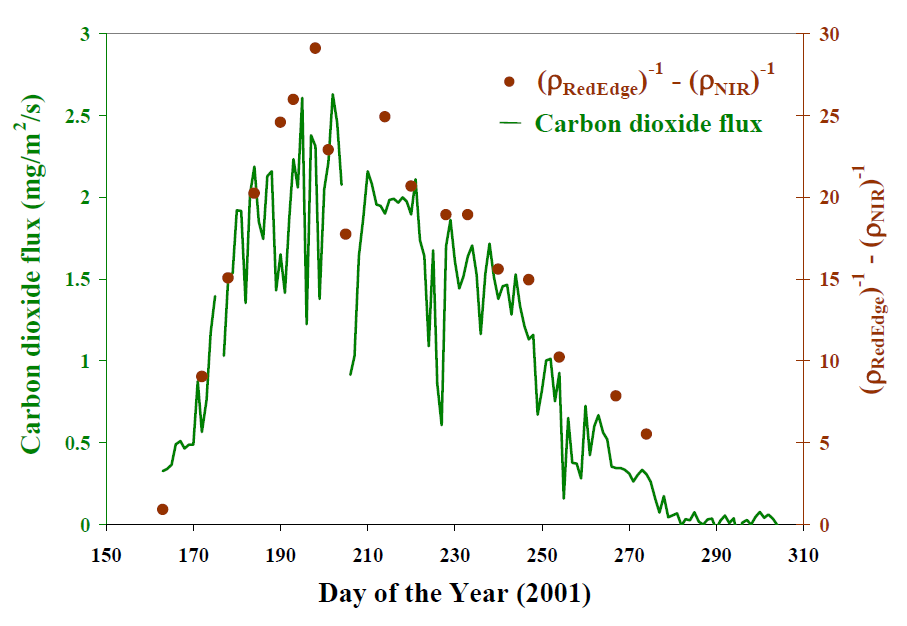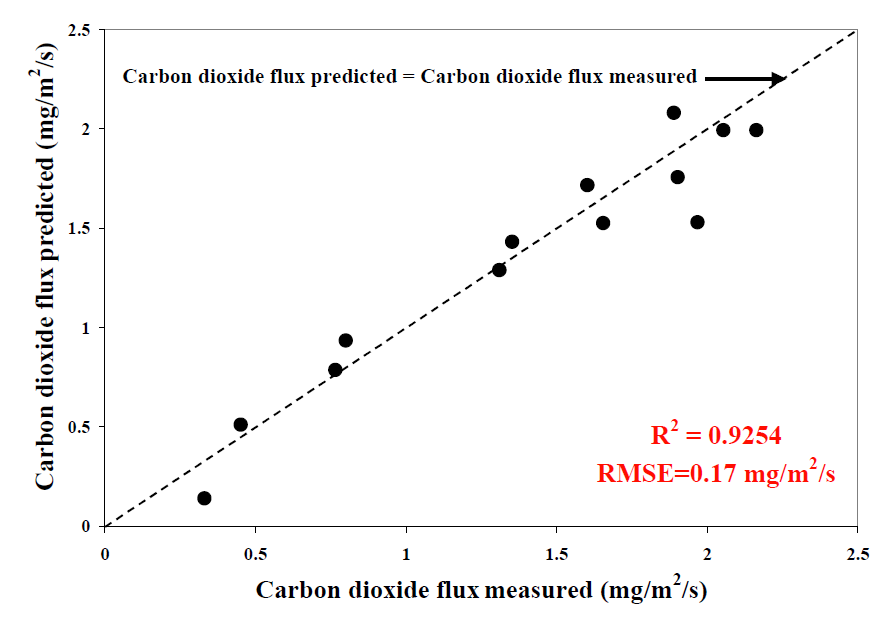 Figure 1. Carbon sequestration fields at Mead. Field 1 (maize) and Field 2 (maize/soybeans) are continuously irrigated; Field 3 (maize-soybean) is rainfed.
Figure 1. Carbon sequestration fields at Mead. Field 1 (maize) and Field 2 (maize/soybeans) are continuously irrigated; Field 3 (maize-soybean) is rainfed.
Figure 2. CALMIT's "Goliath," a novel mobile remote sensing platform adapted from a Hagee agricultural sprayer.

Figure 3. Carbon sequestration rates developed from reflectance signatures over a one-year period show increased carbon sequestration peaking mid-July

Figure 4. Carbon fluxes predicted by reflectance closely parallel measured carbon fluxes.
Background: There is considerable interest in assessing the magnitude of carbon sources and sinks in terrestrial ecosystems using remote sensing techniques.
Methods: We developed a novel technique to remotely assess carbon dioxide exchange in maize using reflectances (ρ) in two spectral channels either in the red edge near 700 nm or in the green around 550 nm and the NIR (beyond 750 nm).
Results: Differences of reciprocal reflectances
[(ρRedEdge)-1-(ρNIR)-1] and [(ρGreen)-1-(ρNIR)-1] accounted for more than 90 percent of the variability in mid-day carbon dioxide flux (canopy photosynthesis) of irrigated maize. The technique was validated by an independent data set.
Data were collected using instruments mounted on "Goliath," a novel mobile research platform funded by the University of Nebraska-Lincoln through CALMIT.
